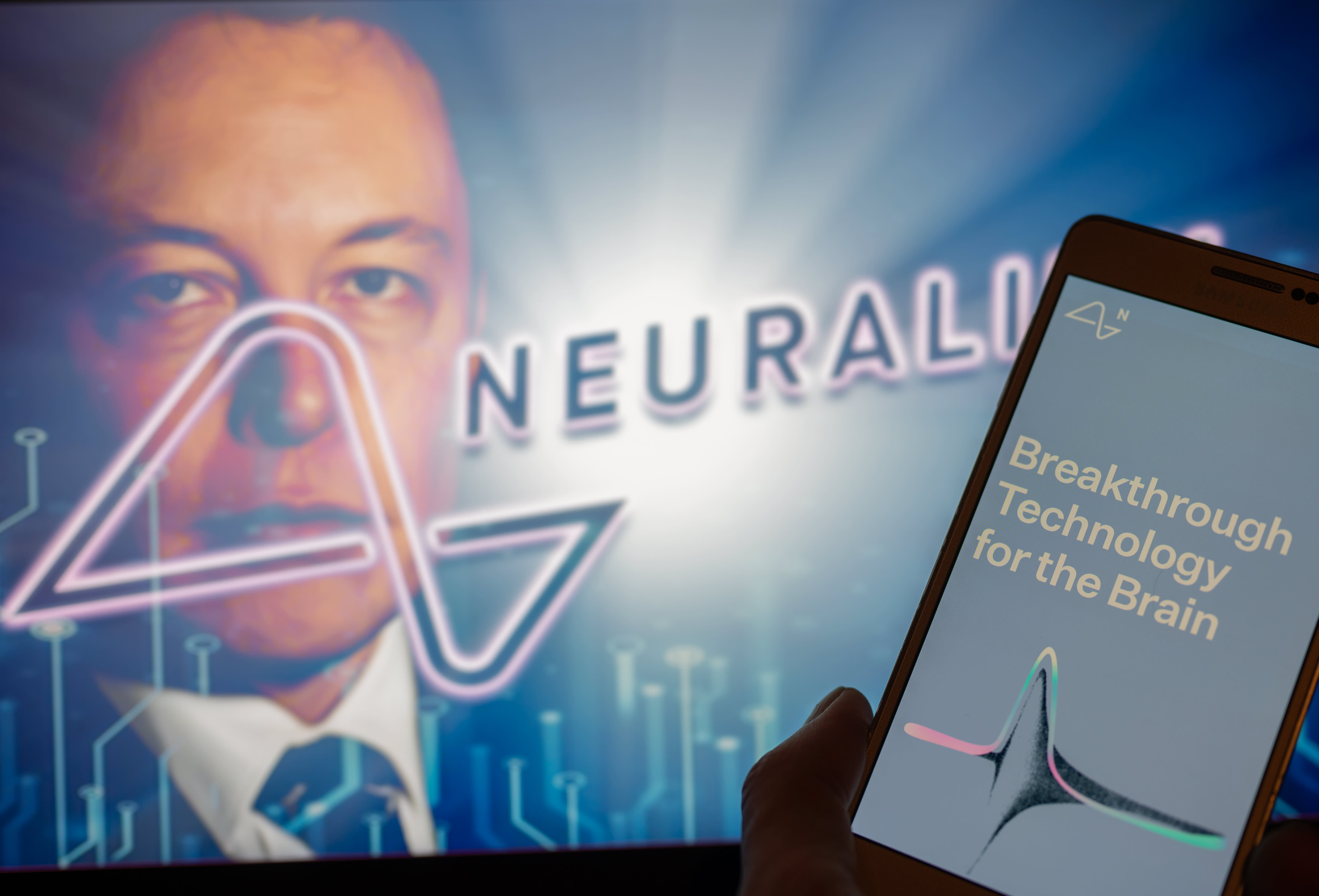
Jonathan Raa | Nurphoto | Getty Images
Elon Musk said Wednesday that his brain tech startup Neuralink hopes to implant its system in a second human patient within “the next week or so.” Executives also said the company is making changes to try and reduce the hardware problems it encountered with its first participant.
Neuralink is building a brain-computer interface, or a BCI, that aims to help patients with paralysis control technology like a phone or computer with their minds. The company’s first system, called Telepathy, centers around 64 “threads” that are inserted directly into the brain. The threads are thinner than a human hair and record neural signals through 1,024 electrodes, according to Neuralink’s website.
BCIs have been studied in academia for decades, and several other companies like Synchron, Paradromics and Precision Neuroscience are developing their own systems. No BCI company has received approval from the U.S. Food and Drug Administration to commercialize their devices.
In a livestream with Neuralink executives Wednesday, Musk said the company is hoping to implant its device in the “high single digits” of patients this year. It is not clear when or where those procedures will take place, or if the FDA gave Neuralink approval to carry them out.
Spokespeople for Neuralink and the FDA were not immediately available for comment.
In January, Neuralink implanted its BCI in its first human patient, 29-year-old Noland Arbaugh, at the Barrow Neurological Institute in Phoenix, Arizona. Neuralink said in an April blog post that the surgery went “extremely well.”
However, in the weeks following the procedure, Neuralink said some threads from the implant retracted from Arbaugh’s brain. The company reportedly considered removing the implant, but the problem hasn’t posed a direct risk to Arbaugh’s safety, according to The Wall Street Journal.
Musk and the Neuralink executives said during Wednesday’s livestream that only around 15% of the channels in Arbaugh’s implant are functional. Even so, he uses the BCI to watch videos, read and play chess and other video games — sometimes up to 70 hours per week.
For upcoming implants, the company said it is working to mitigate retraction and measure it more closely. Neuralink’s President DJ Seo said one way it plans to do so is by sculpting the surface of the skull to minimize the gap under the implant. Neuralink also plans to insert some threads deeper into the brain tissue and track how much movement occurs.
“Now that we know retraction is a possibility, we’re going to insert at a variety of depths,” said Dr. Matthew MacDougall, head of neurosurgery at Neuralink.

